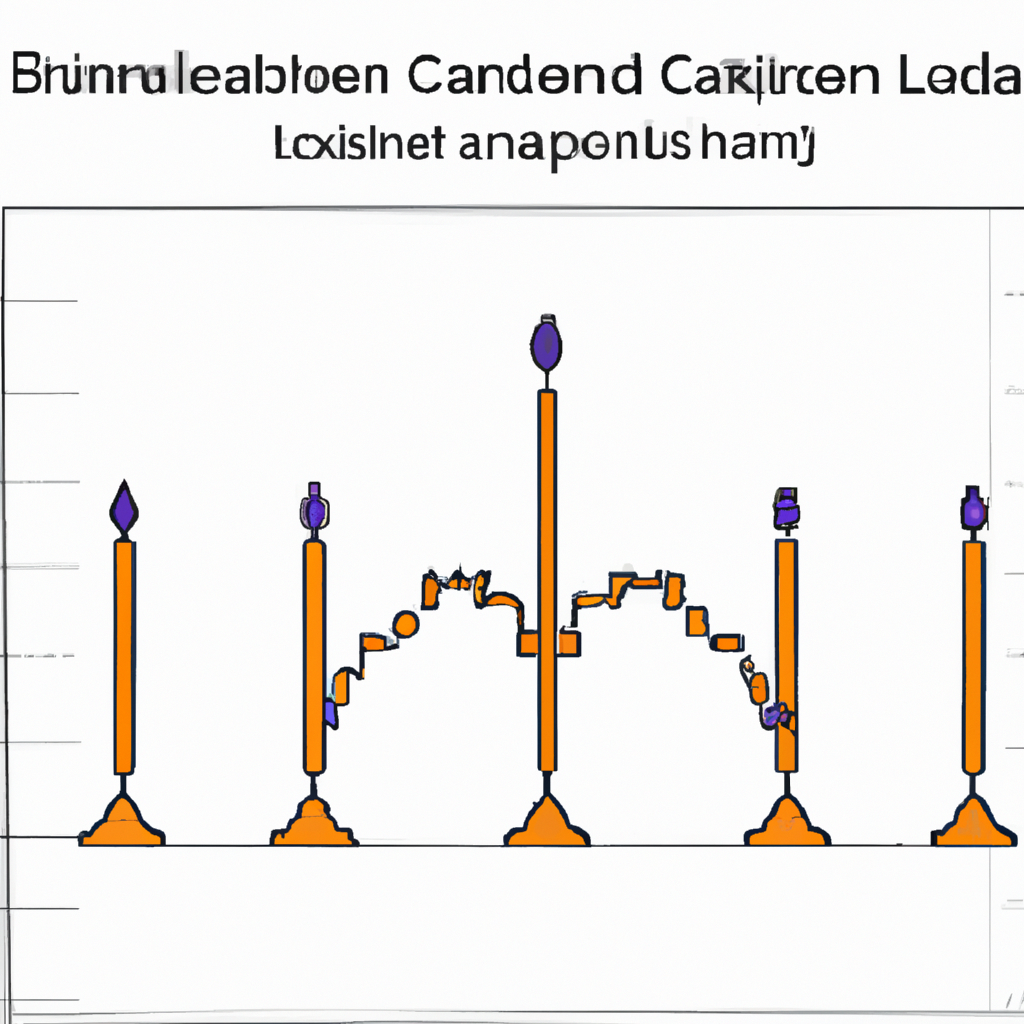Candlestick Patterns Explained: A Comprehensive Guide
Introduction
Candlestick patterns are a popular tool used by traders to analyze price movements in financial markets. These patterns provide valuable insights into market sentiment and can help identify potential trend reversals or continuations. In this article, we will explore some of the most commonly used candlestick patterns and understand how to interpret them effectively.
1. What are Candlestick Patterns?
Candlestick patterns are visual representations of price movements over a certain period. Each candlestick consists of a body and wicks, also known as shadows. The body represents the opening and closing prices, while the wicks show the high and low prices during the given time frame.
2. Bullish Candlestick Patterns
Bullish candlestick patterns indicate a potential uptrend or bullish sentiment in the market. Here are a few commonly observed bullish patterns:
2.1 Hammer
The hammer pattern has a small body and a long lower wick, resembling a hammer. It suggests a potential trend reversal from bearish to bullish.
2.2 Bullish Engulfing
The bullish engulfing pattern occurs when a small bearish candle is followed by a larger bullish candle. It signifies a shift in market sentiment towards bullishness.
2.3 Morning Star
The morning star pattern consists of three candles: a bearish candle, a small-bodied candle, and a bullish candle. It indicates a potential reversal from a downtrend to an uptrend.
3. Bearish Candlestick Patterns
Bearish candlestick patterns suggest a potential downtrend or bearish sentiment in the market. Let’s explore some commonly observed bearish patterns:
3.1 Shooting Star
The shooting star pattern has a small body and a long upper wick, resembling a shooting star. It indicates a potential trend reversal from bullish to bearish.
3.2 Bearish Engulfing
The bearish engulfing pattern occurs when a small bullish candle is followed by a larger bearish candle. It signifies a shift in market sentiment towards bearishness.
3.3 Evening Star
The evening star pattern is the opposite of the morning star pattern. It consists of three candles: a bullish candle, a small-bodied candle, and a bearish candle. It suggests a potential reversal from an uptrend to a downtrend.
4. Continuation Candlestick Patterns
Continuation patterns indicate that the prevailing trend is likely to continue after a brief consolidation. Here are a few commonly observed continuation patterns:
4.1 Bullish Flag
The bullish flag pattern occurs when there is a minor consolidation in an uptrend. It is characterized by a small rectangular-shaped flag, followed by a continuation of the upward movement.
4.2 Bearish Pennant
The bearish pennant pattern is similar to the bullish flag but occurs in a downtrend. It is characterized by a small triangular-shaped pennant, followed by a continuation of the downward movement.
4.3 Symmetrical Triangle
The symmetrical triangle pattern is a neutral pattern that occurs when the price consolidates within converging trendlines. It suggests a potential continuation of the previous trend once a breakout occurs.
Conclusion
Candlestick patterns provide traders with valuable insights into market sentiment and potential price movements. By understanding and interpreting these patterns correctly, traders can make informed decisions and improve their trading strategies. However, it is essential to remember that candlestick patterns should be used in conjunction with other technical analysis tools for accurate predictions.

